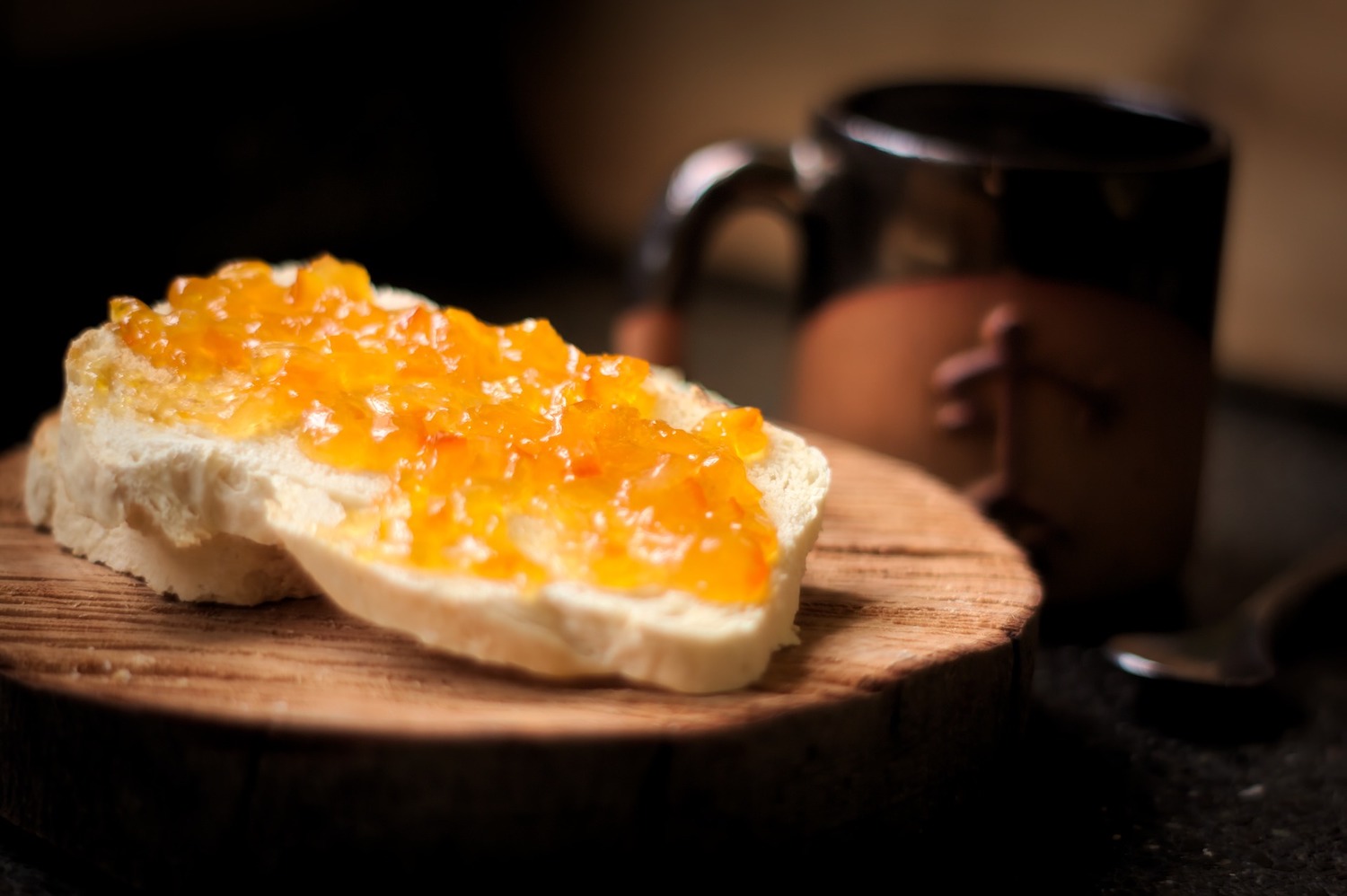I must confess that the arrival of Seville oranges is a joyous occasion in my household. And for marmalade makers across the country, the unveiling of these rough, lumpy and acidic fruits is cause for celebration.
As soon as I get my hands on my first Seville oranges, all of my spare time is spent squeezing and slicing, boiling, and setting. My kitchen is transformed into a veritable marmalade-making factory, sending tangy-scented swirls of citrus fruits and boiling sugar around my home. Sometimes I think I enjoy making marmalade more than I eating it, but then a slice of my marmalade cake always casts doubt on that verdict.
Every year, making marmalade is a new learning experience. The standard recipe for an everyday pot of marmalade is twice the weight of sugar to fruit, and if you boil it for long enough, with the correct ratio of water, you will end up with little pots of marmalade success. I like to experiment and try new recipes that add twists to my existing formulas.
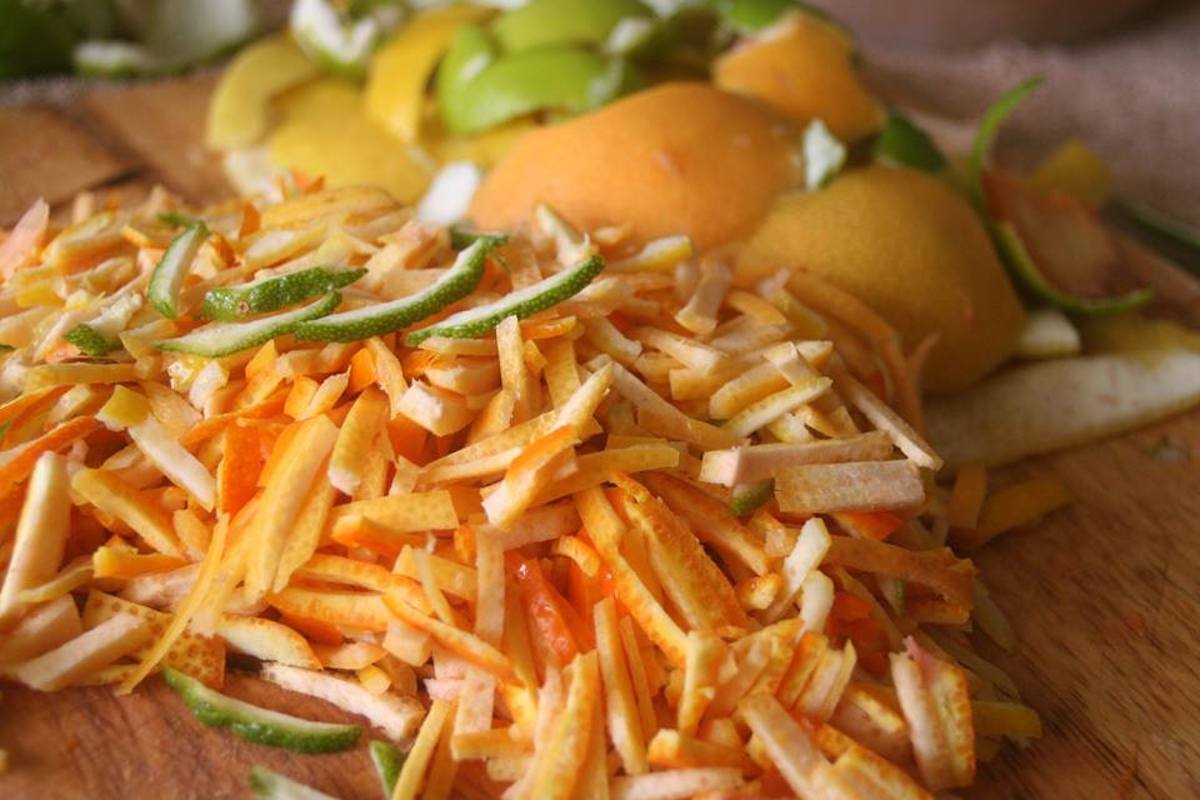
Marmalade starts with fresh ingredients
Marmalade Origins
The origins of marmalade give us some wonderful tales to contemplate. One of my favourites is that marmalade is a Scottish invention attributed to Janet Keiller, a Dundee grocer’s wife. The tale goes that marmalade was born in the port of Dundee in the late 18th century when James Keiller discovered a cargo of oranges being sold cheaply.
Thinking he could sell the oranges for profit in his shop, he bought the whole lot, only to discover they were bitter and unpalatable. His wife Janet was a resourceful woman who took the ‘problem’ oranges and made them into an orange “jam” named Marmalade after Marmelos, the Portuguese word for a quince paste similar in texture to the orange spread. A variation of this story is that Janet’s son, who was carrying the fruit from the beach, was sent back to get more oranges, with his mother urging him:,\ ‘Mair, ma lad!’
Whilst these live in the realm of fairy tales, they nonetheless add to the charm of making marmalade. I am a self-proclaimed Queen of Marmalade, and would be happy to live in a kingdom made from the amber preserve.
But I must confess that as a child I wasn’t keen on the thick-cut Seville my parents used to slather on their toast at breakfast and the only marmalade I liked was fine shred, lime marmalade. Even today, lime is one of my favourites, but it’s also the one that has presented me with the greatest of challenges. Indeed, my early attempts at this preserve saw the lime peel toughening to the texture of toenails and the colour a rich copper rather than bright and jewel-like.
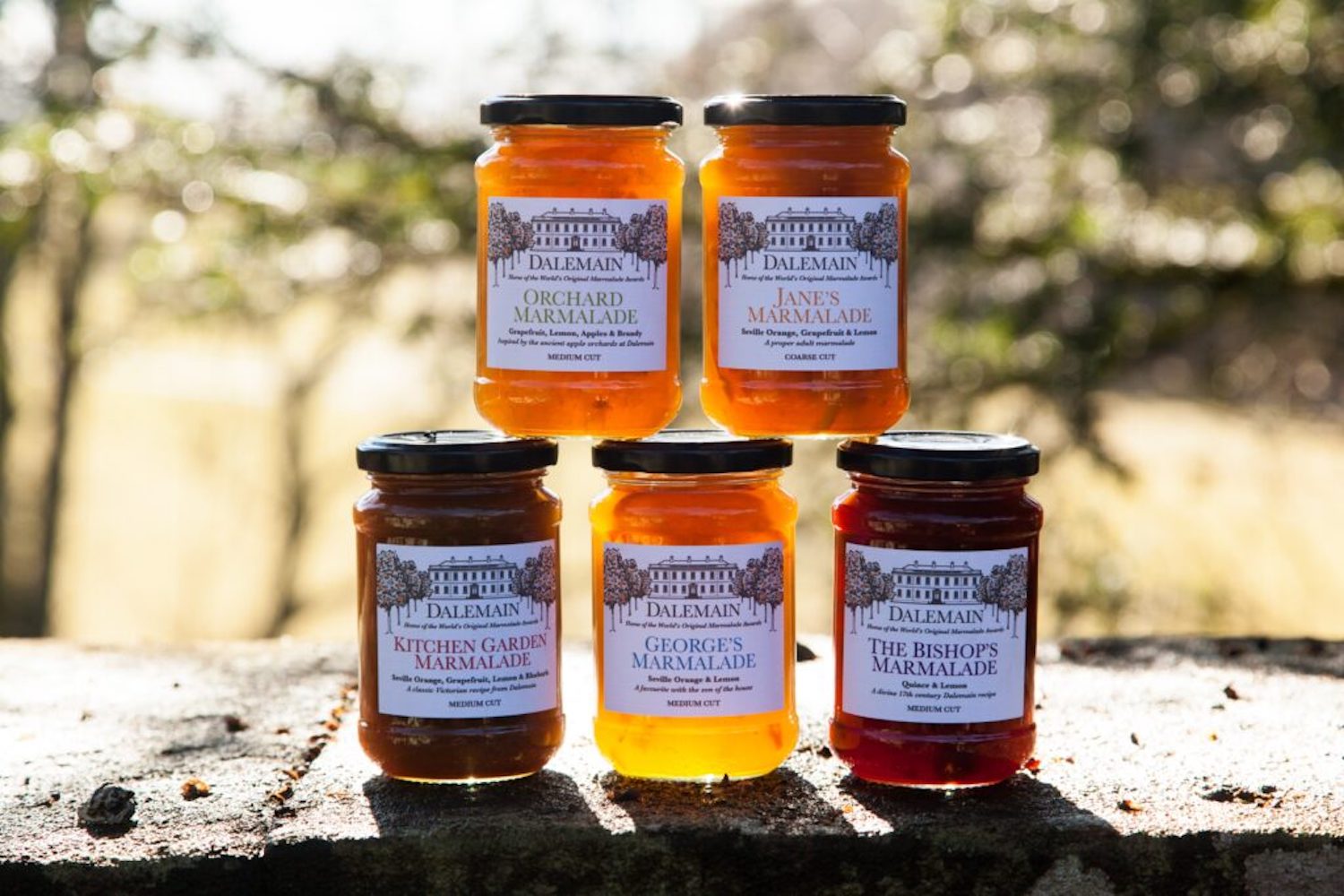
If you love Marmalade, visit Dalemain Mansion & Historic Gardens,
Marmalade Awards
As the World’s Original Marmalade Awards held at Dalemain Mansion in Cumbria begins to accept entries for the annual event, I must admit that I have been thinking a lot about my entries. I have been experimenting in the kitchen with recipes that include quinces, medlar fruits, lemons and oranges.
An array of herbs and spices are at my disposal in my quest to create something different, but I have been tempted to recreate a recipe for Tudor Marmalade that includes rose water and Ambergris (a solid waxy substance produced in the digestive system of sperm whales. However, after researching the price of Ambergris and consulting with my beloved friends and family, I think I may be sticking with my orange marmalade and a dash of whisky.
The following recipe requires a bit of patience but is the best one I have made to date. However, there are always improvements to be made in the alchemy of marmalade making so it may be superseded come next year.
May your New Year and Marmalade be Marvelous.
-Seren
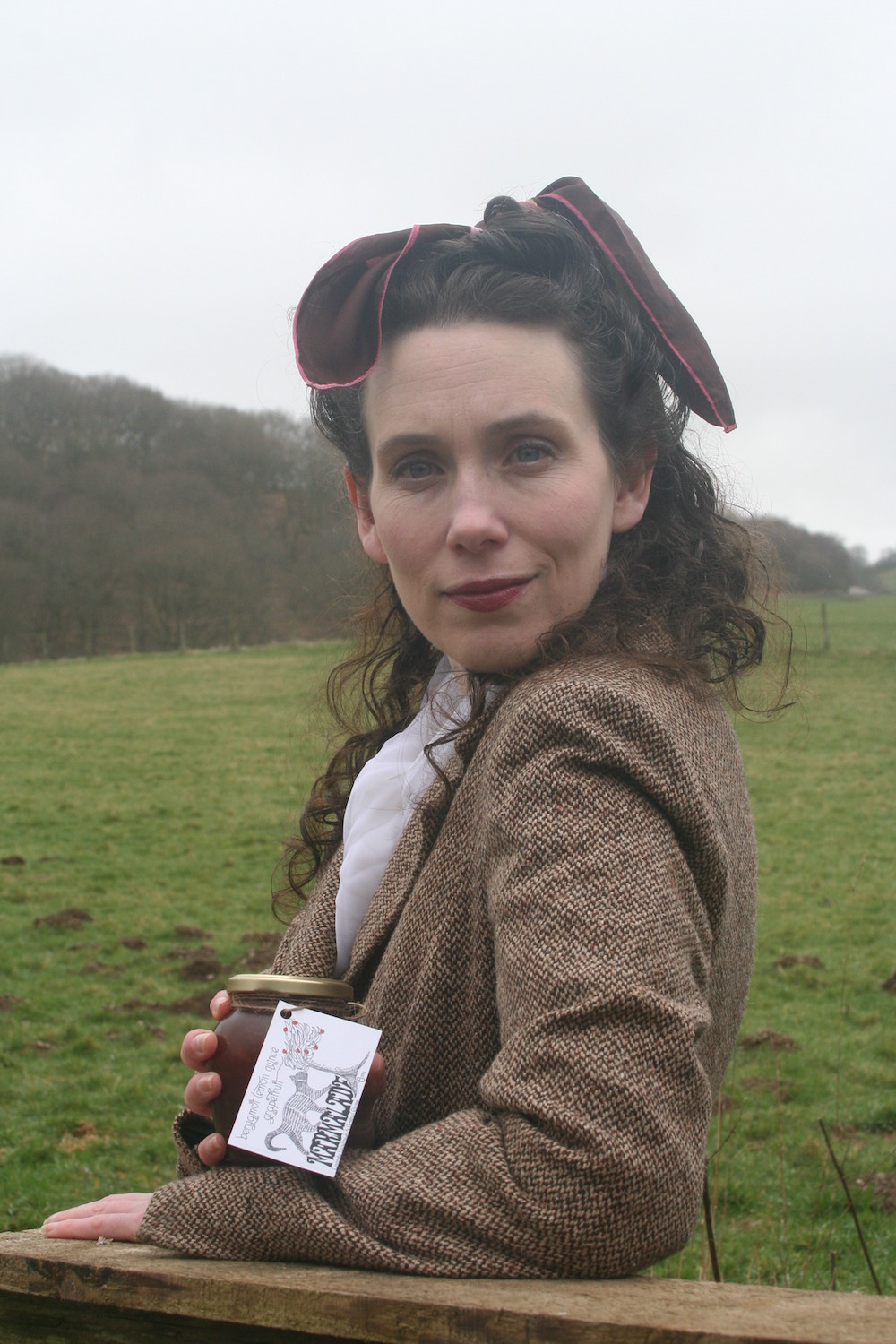
Our very own queen of Marmade, Seren Charrington-Hollins
Lovely Lime Marmalade
Ingredients
8 limes
2 lemons
Water
1.5g sugar
Method
Cut the limes in half and squeeze all the juice from them, then cover the skins with cold water and leave them in a cool place overnight. Do the same with the lemons. This will help them to soften, making cutting easier. Store the lemon and lime juice in the fridge. Remove the lemon and lime skins from the water and using a spoon scrape out as much of the pulp, pith and pips as possible, placing it all on a piece of muslin. When doing this task I often abandon the spoon and resort to fingers! Tie the muslin up into a little bag shape, securing it with string.
Now with a sharp knife, finely shred the skins. Try to get the peel chopped as evenly as possible.
Measure the reserved citrus juice and make it up to two litres with water.
Place the shredded lime and lemon skins into a large preserving pan with the water and bring to a boil. Turn the heat down so that the mixture simmers for about an hour, after an hour the peel will be soft and translucent. During this process check the pan from time to time, to ensure that it is not boiling too rapidly, you need a gentle simmer if you want to avoid tough peel in the finished marmalade.
Once the peel is soft and translucent, remove the muslin bag from the pan and set it aside to cool.
Add the sugar to the citrus mixture. Squeeze the cooled bag of pith and pips into the preserving pan and then bring the mixture to the boil again and leave it on a gentle boil for 40- 45 minutes and then test for a set.
Once you have achieved your set, you can put it into sterilised jars and seal. It never lasts long in my house and is a favourite with my girls.
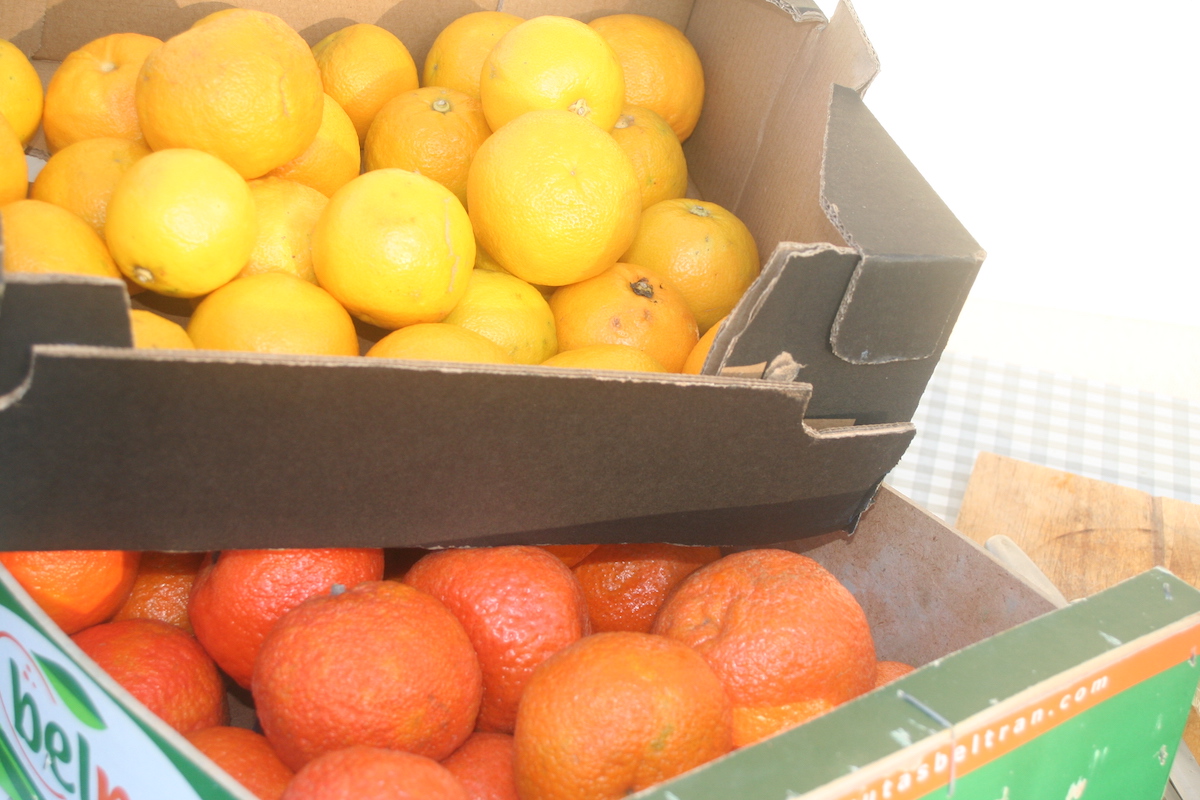
Marmalade can be made with lemons, oranges, limes, quince, and just about anything else your tastebuds fancy
Seville Orange Marmalade
From ‘The Pleasure of Preserving’
This recipe is my tried-and-tested friend for Seville Orange Marmalade and is one that I add to if I want something a bit different for breakfast. Over the years I have adapted the recipe by adding a tsp of liquorice extract or ½ tsp of crushed cardamom seeds.
I have even added fresh rosemary sprigs to the first stage of the cooking for a subtle flavour that makes for a more savoury marmalade, whilst adding fresh chillies makes for a great marmalade to serve with seafood or at BBQ’S.
Ingredients
12 large Seville oranges
7.2 litres of water
5.5 kg sugar
Juice of two lemons
Method
Slice the oranges very thinly. The thinner the slicing, the better. Gather all the pips and place them in a cup with a little water and set aside. Place the fruit in a large crock bowl and cover it with the water; cover and leave for twenty-four hours.
The next day, boil the fruit for two hours, adding the liquor from the pips. After two hours the orange rinds should be soft. Add the sugar and stir until fully dissolved. Boil for a further hour and a half, stirring continuously during the last half-hour; add the juice of two lemons, pour the marmalade into pots, and cover it.
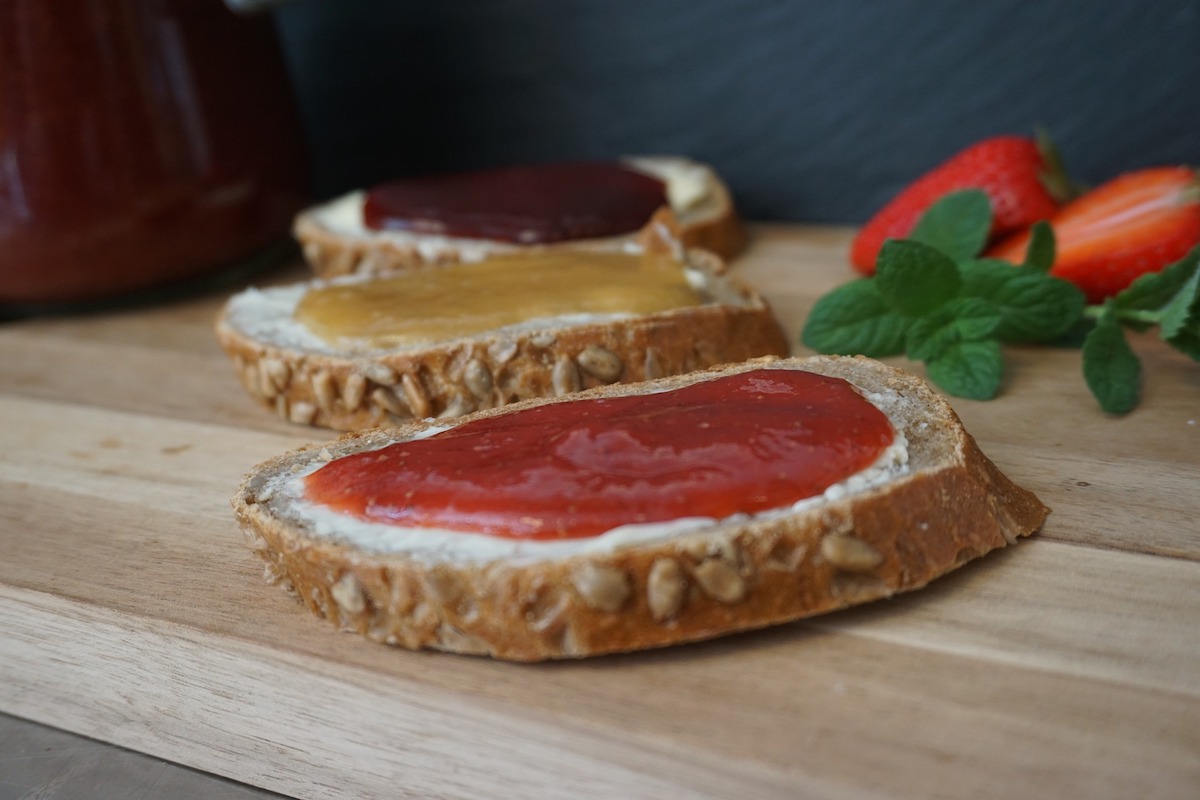
Spread marmalade on toast for a superb start to the day
Quince Marmalade
In my opinion, no article on marmalade would be complete without mentioning a recipe for quince marmalade.
Quinces are not only wonderful fruits that impart a lovely smell and flavour, but they are also fundamental to the history of our beloved marmalade. This marmalade has a deep red amber colour, with a thick texture and firm set. It is the perfect accompaniment to cheese or even sausages.
Ingredients
500g quinces
350g sugar
Cold water
Method
Wash the quinces and slice them as thinly as possible with their skins on. Place the fruit in a preserving pan and cover with enough cold water to just cover the fruit. Simmer gently for 40 minutes and then pass the pulp through a sieve to separate the fruit from the pips, skin and core.
Return the pulp to a clean preserving pan and add the sugar. Stir gently over medium heat, until the sugar has dissolved. Simmer gently for 15-20 minutes or until the setting point is reached. This mixture requires careful watching as it tends to catch and burn.
***
Author bio: Seren Charrington-Hollins
Find your travel muse at BeSeeingYou
Follow us on Instagram

